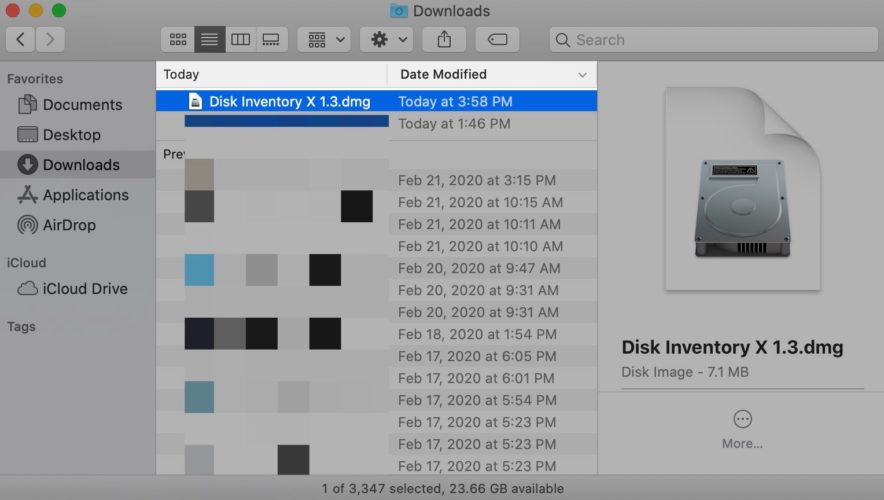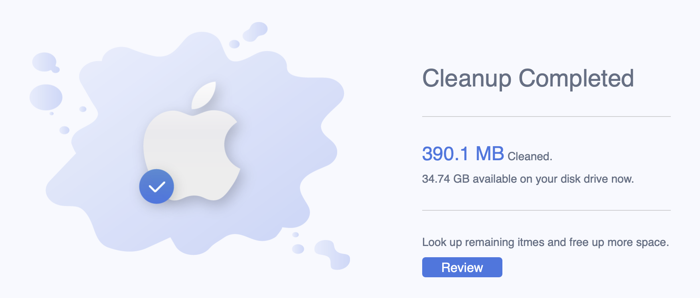
- #MAC SYSTEM STORAGE GREW FOR MAC#
- #MAC SYSTEM STORAGE GREW PRO#
- #MAC SYSTEM STORAGE GREW CODE#
- #MAC SYSTEM STORAGE GREW FREE#
More details are available from Apple’s trade-in partner for trade-in and recycling of eligible devices. You must be at least 18 years old to be eligible to trade in for credit or for an Apple Store Gift Card. ** Trade-in values will vary based on the condition, year and configuration of your trade-in device.

When measured as a standard rectangular shape, the screens are 14.2 inches and 16.2 inches diagonally (actual viewable area is less).

The displays on the 14-inch and 16-inch MacBook Pro have rounded corners at the top. Its powerful media engine lets you play back up to seven streams of 8K ProRes 422 video.⁸ And M1 Max supports up to four external displays. With its additional GPU power, M1 Max is designed for graphics-intensive workflows like multicam video editing or rendering complex 3D scenes. This can dramatically improve performance, especially when you’re working with very large files such as augmented reality models, music scores with large virtual instrument libraries, or 8K video timelines. M1 Max also lets you configure your MacBook Pro with as much as 64GB of unified memory. It includes a 16‑core Neural Engine and an even more advanced media engine with H.264 and HEVC support and ProRes encode and decode with greater playback capabilities. It features a 10‑core CPU and up to 32 GPU cores, while the memory bandwidth jumps to 400GB/s - double that of M1 Pro. M1 Max is even more powerful than M1 Pro. The Neural Engine can speed through machine learning work, while the dedicated media engine lets you play back up to 20 streams of 4K ProRes 422 video.⁷ And M1 Pro supports up to two external displays.
#MAC SYSTEM STORAGE GREW CODE#
It is equally capable of handling CPU‑intensive tasks like photo editing and compiling code and GPU‑driven tasks like 3D visualisations and processing video effects.

#MAC SYSTEM STORAGE GREW PRO#
M1 Pro can easily run multiple pro applications at the same time. It includes a 16‑core Neural Engine and a media engine with H.264 and HEVC support and ProRes encode and decode. M1 Pro features up to 10 CPU cores and up to 16 GPU cores, coupled with 200GB/s of memory bandwidth and as much as 32GB of unified memory. Choosing the right one for you depends on the type of work you’ll be doing. Each volume within an APFS container can have its own APFS format-APFS, APFS (Encrypted), APFS (Case-sensitive), or APFS (Case-sensitive, Encrypted).M1 Pro and M1 Max are both incredibly powerful chips that unlock workflows that were previously impossible on a notebook. You can easily add or delete volumes in APFS containers. For example, folders named “Homework” and “HOMEWORK” are two different folders. For example, folders named “Homework” and “HOMEWORK” are two different folders.ĪPFS (Case-sensitive, Encrypted): Uses the APFS format, is case-sensitive to file and folder names, and encrypts the volume. Choose this option if you don’t need an encrypted or case-sensitive format.ĪPFS (Encrypted): Uses the APFS format and encrypts the volume.ĪPFS (Case-sensitive): Uses the APFS format and is case-sensitive to file and folder names.
#MAC SYSTEM STORAGE GREW FOR MAC#
Each volume uses only part of the overall container, so the available space is the total size of the container, minus the size of all the volumes in the container.Ĭhoose one of the following APFS formats for Mac computers using macOS 10.13 or later.ĪPFS: Uses the APFS format. If desired, you can specify reserve and quota sizes for each volume.
#MAC SYSTEM STORAGE GREW FREE#
When a single APFS container has multiple volumes, the container’s free space is shared and is automatically allocated to any of the individual volumes as needed. macOS 10.13 or later supports APFS for both bootable and data volumes.ĪPFS allocates disk space within a container (partition) on demand. While APFS is optimized for the Flash/SSD storage used in recent Mac computers, it can also be used with older systems with traditional hard disk drives (HDD) and external, direct-attached storage.

Apple File System (APFS), the default file system for Mac computers using macOS 10.13 or later, features strong encryption, space sharing, snapshots, fast directory sizing, and improved file system fundamentals.


 0 kommentar(er)
0 kommentar(er)
